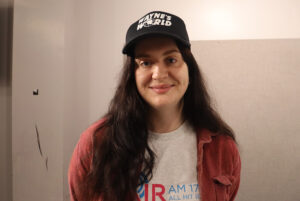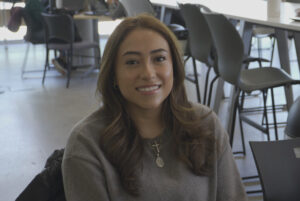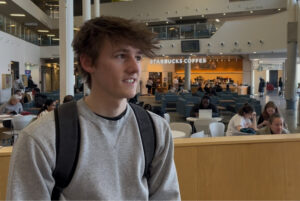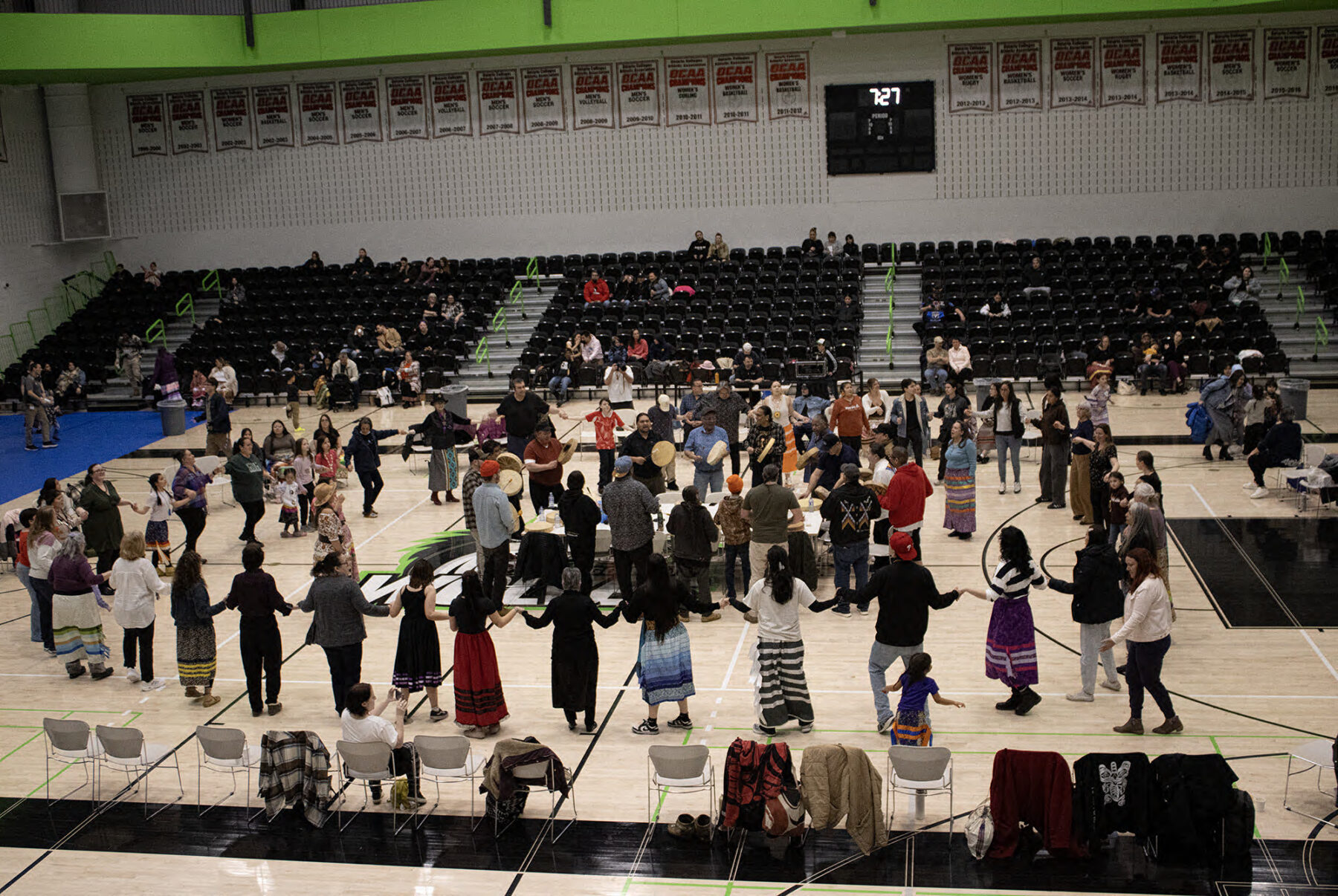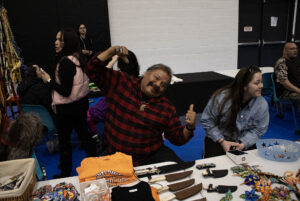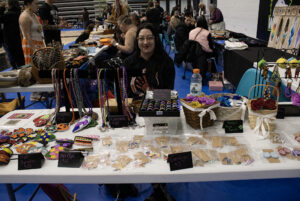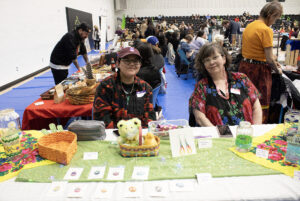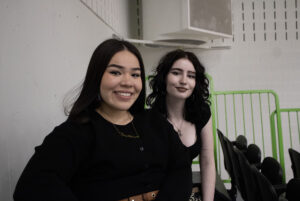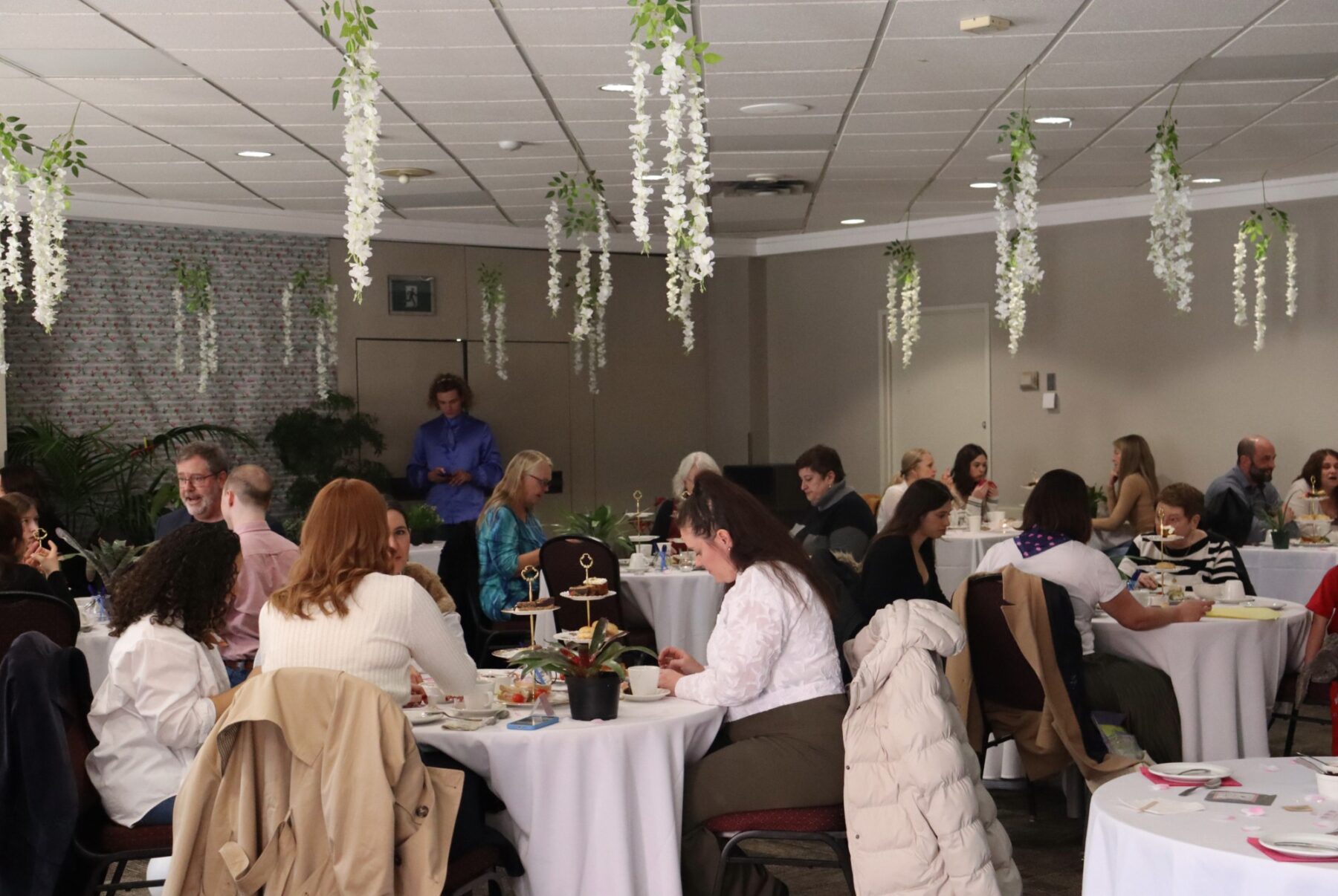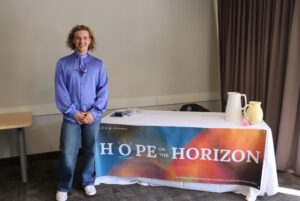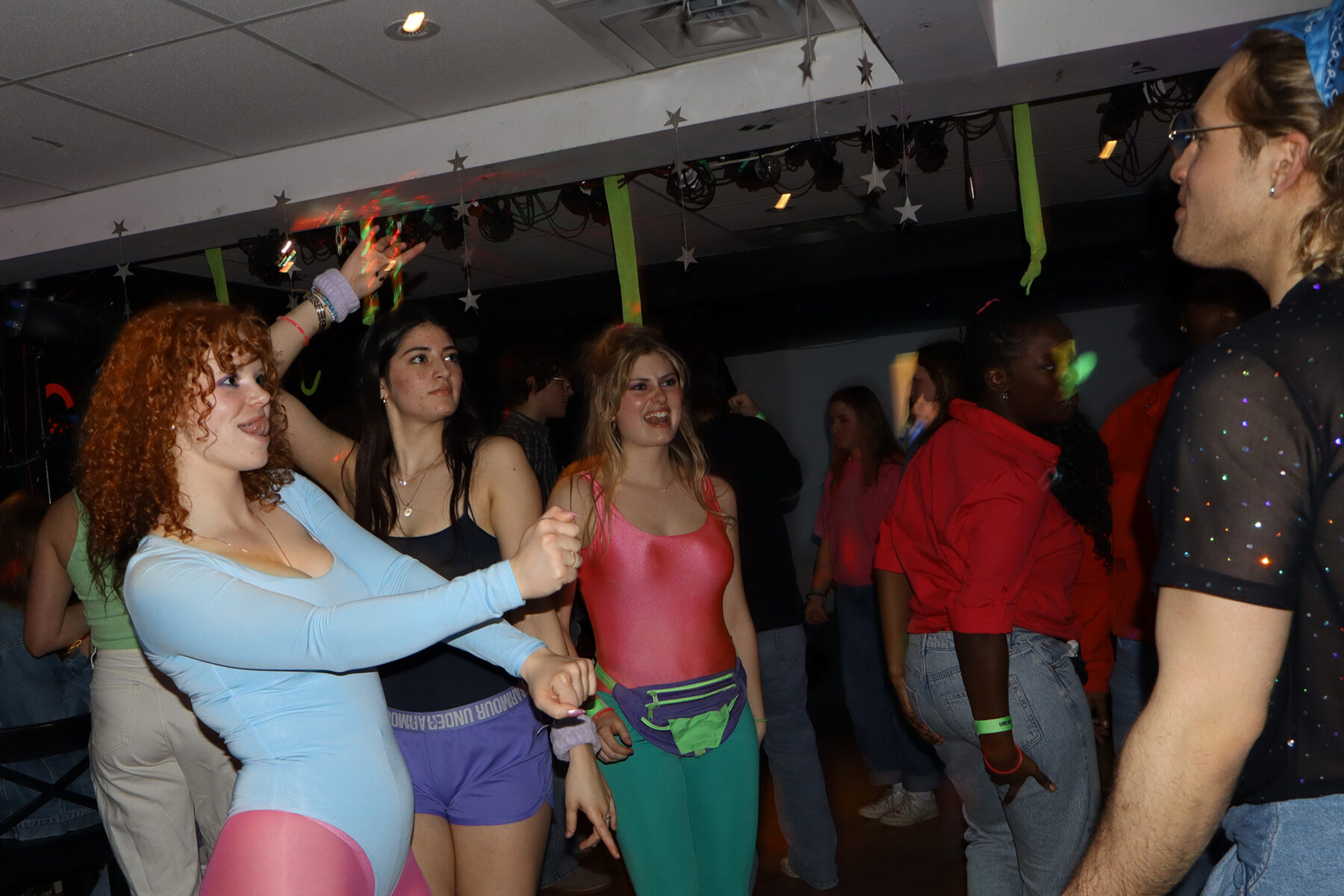Muslim students bring culture to Algonquin College during Islamic Awareness Week
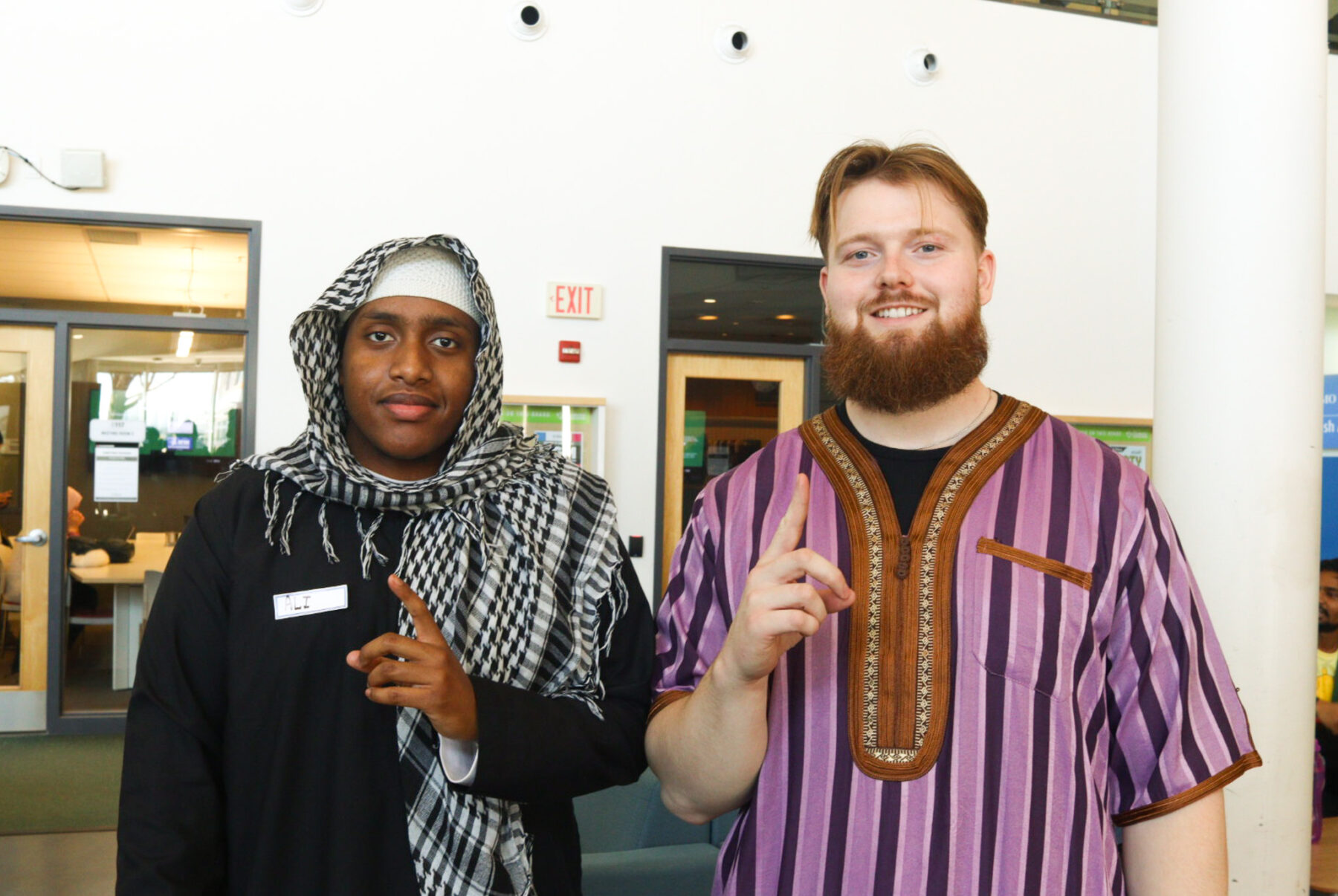
The Algonquin College Muslim Student Alliance hosted an event in E-building on March 17 and March 18 to celebrate Islamic Awareness Week.
For their annual event, the MSA set up tables with a variety of activities in which people could have conversations, donate to charity, do henna or simply learn more about Islam.
Khalid Saoud, 20, an Algonquin College student taking a bachelor of engineering program, set up his table with Qur’ans and brochures with Islamic information for anyone wanting to learn more about Islam.

“Every year we have this event called IAW, which stands for Islamic Awareness Week,” said Saoud. “People come in, they look around, read the posters and people have questions, but others just walk around.”
Posters containing information about Islam and the teachings of their Prophet, Muhammad, were set up near the entrance of E-building.

Posters featuring award-winning Islamic calligraphy were on displayed. The calligraphies had verses from the Qu’ran, the most sacred book in Islam. Several of the calligraphies are from Turkey and Egypt.
“We also have a henna table and a hijab table set up for the girls,” said Saoud.
One of the tables at the event was hosted by Yusuf Snyder and Abdiraman Osman, both Algonquin College students and members of the International Development and Relief Foundation.
Brochures containing more information about the IDRF, including ways to donate, were displayed along with a donation box.
“The IDRF is a very transparent organization,” said Snyder. “For every one dollar donated, 91 cents will go to aid in places such as Gaza, Syria and Afghanistan for example.”
“The rest of the nine cents goes to administration costs,” said Osman. “Even if somebody gives three dollars, almost all of that money is going to aid.”

The IDRF is a Canadian Muslim charity organization that opened in 1984. Over the decades, its influence has increased.
“The IDRF recently opened a new headquarters here in Ottawa. The organization is based in Toronto,” said Snyder. “The IDRF has been operating since 1984 and now it is one of the top 100 charitable organizations in Canada.”
The IDRF operates in more than 40 countries on all continents across the globe.
The MSA hosted another event in the Observatory offering a free meal for Iftar, the time when Muslims break their fast to eat during Ramadan.
The MSA said they have more events planned, even after Islamic Awareness Week.







